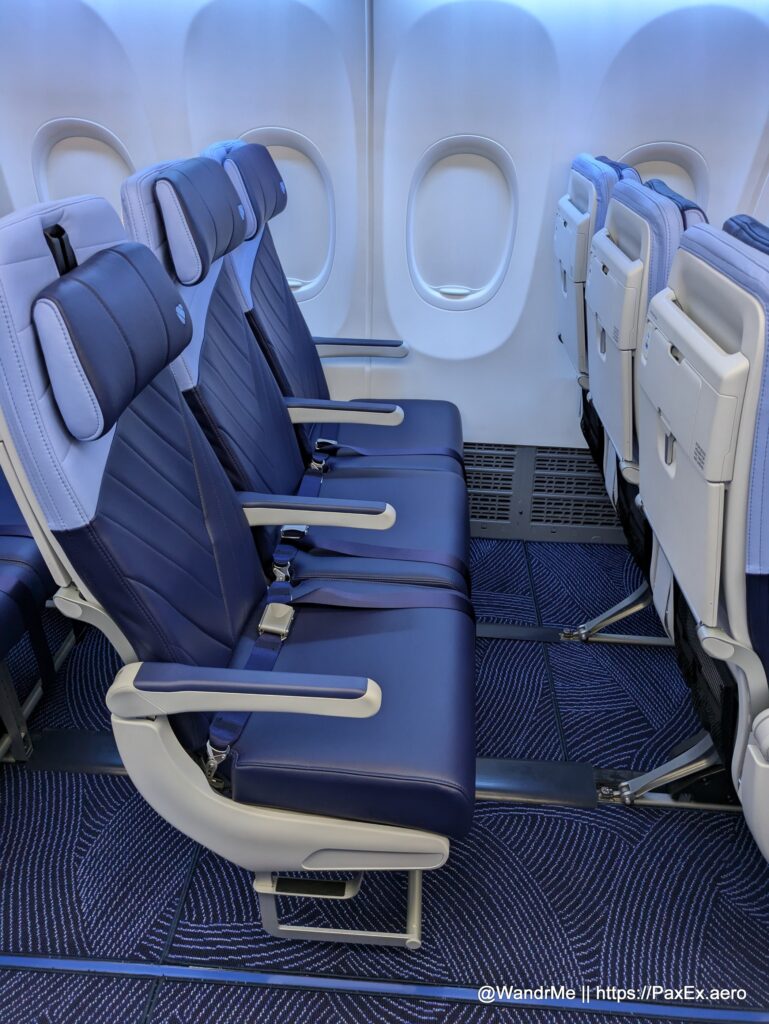
Southwest Airlines continues to increase its options for generating revenue beyond the initial booking, adding Volantio’s Re-Commerce Platform to its operations. The post-booking revenue management platform enables the airline to balance demand on flights, even after tickets are sold, and to increase revenue potential for the airline.
Volantio’s innovative platform creates new ways to recognize and reward travelers, while also strengthening our revenue performance in the post-booking window. It’s a true win-win for both Southwest and our customers.
– Matt Louis, VP Revenue Management, Southwest Airlines
Volantio’s platform assists airlines in identifying high-demand flights within a week of departure. It then helps airlines craft and deliver offers to passengers, working to balance demand. Passengers are offered flexibility to change their trip, and sometimes a reward (often a travel voucher, similar to a bump at the airport) to make that change. The airline is then able to sell that in-demand seat, typically at a higher fare.

The solution is pitched as a win-win, allowing passengers increased flexibility while helping the airline improve its overall revenue profile. Airlines can also avoid the customer service hit of dealing with oversold flights at the airport on the day of travel, shifting some of those passengers to an alternate flight in advance. That advance notice also typically makes the experience more palatable for travelers, letting them spend the extra time not at the airport.
Against the backdrop of Southwest’s many other recent changes, including bag fees and paying for advance seat assignments, Volantio positions its partnership as a revenue booster that does not negatively impact travelers. Southwest is also dropping the $8/flight fee for its inflight internet service beginning next week. That means giving up a bit of direct ancillary revenue, though the move will be offset by revenue from T-Mobile sponsoring the service.
Initial offers from the implementation are receiving mixed results from passengers. While the carrier is offering small travel credits it is requiring passengers forfeit paid upgrades such as EarlyBird check-in. That’s not quite in line with the promised “win-win” approach.
Volanito argues it can boost total revenue by 1% for an airline, though the case study it cites delivers less than a fifth that rate. Still, with numbers as large as the major airlines are working with even a fraction of a percent starts to look like real dollars in the end.
A favor to ask while you're here...
Did you enjoy the content? Or learn something useful? Or generally just think this is the type of story you'd like to see more of? Consider supporting the site through a donation (any amount helps). It helps keep me independent and avoiding the credit card schlock.

Leave a Reply